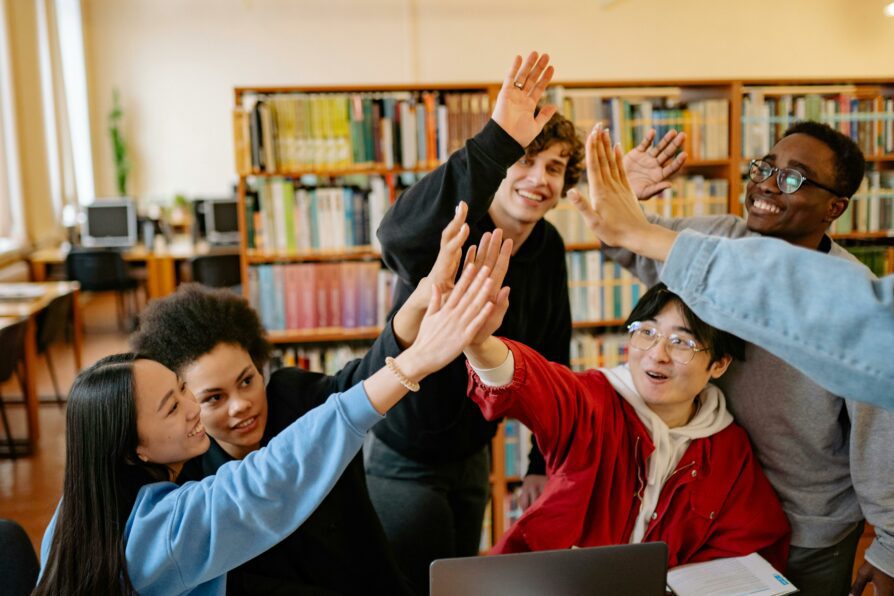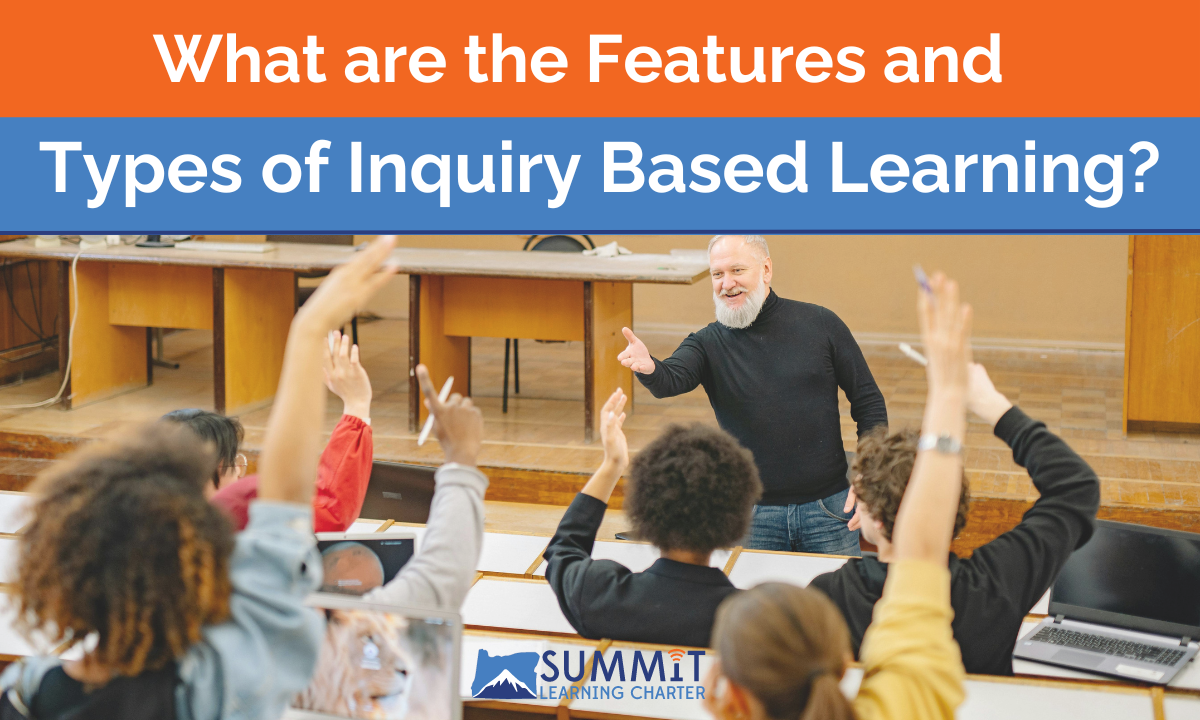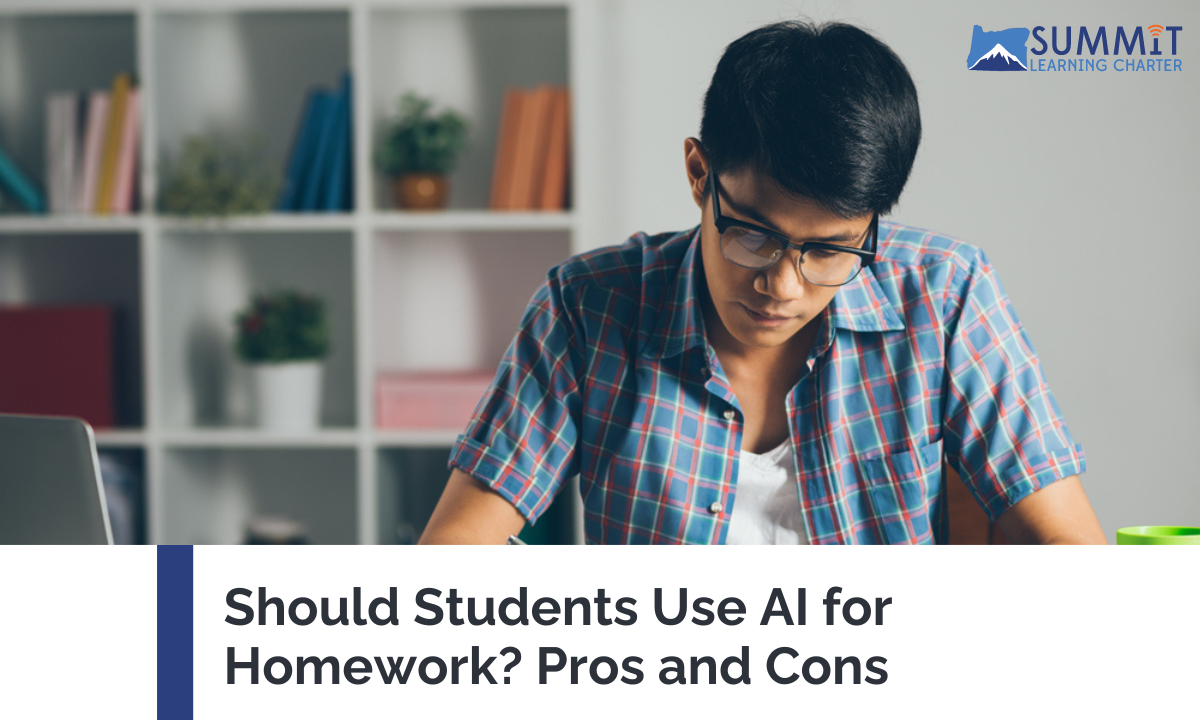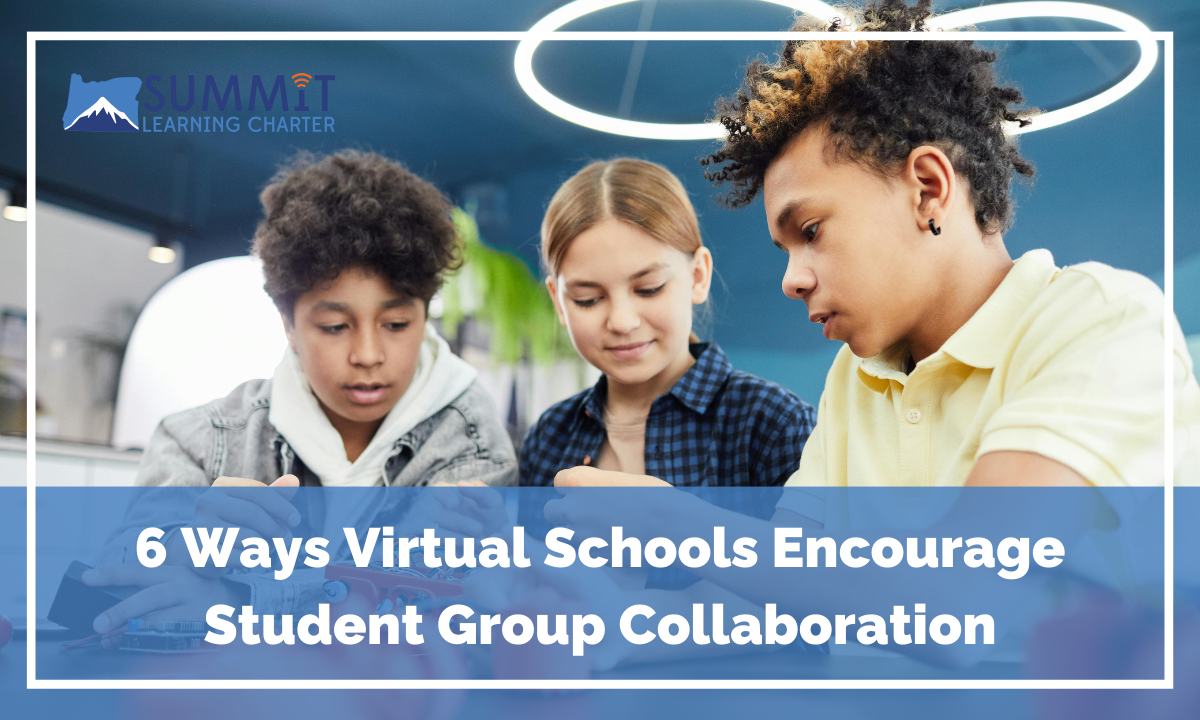
6 Ways Virtual Schools Encourage Student Group Collaboration
Online education is here to stay. Many families were first introduced to K-12 distance learning during the pandemic and have now made the switch permanently. Others are looking for a school that truly accommodates all students’ needs, incorporates technological skill building, or simply offers a more flexible and convenient schedule.
But while there are many advantages, you may wonder: Do online learners miss out on the opportunity to engage in group projects and work collaboratively with other students? The answer might surprise you.
Every institution is unique, but many online charter schools and other non-traditional educational alternatives actually place special emphasis on student collaboration compared to brick-and-mortar schools. Keep reading to find out how virtual schools encourage student collaboration!
Benefits of Online Student Collaboration
Building Social Skills
Social skills are about more than just making friends. In fact, developing strong social skills in childhood and adolescence helps us better navigate the social world around us throughout our lives. Virtual student collaboration blends academic- and social-skill building by teaching kids and teens how to interact respectfully and appropriately.
Learning How to Work With Different Personalities and Perspectives
The world is a diverse place, full of people with different backgrounds, ideas, needs, and worldviews. Group collaboration in online classes doesn’t just teach students to be understanding of differences, but also how to work as a team with people who have different experiences and perspectives.
Setting the Stage for Future Career Success
Increasingly, teamwork is an essential component of the modern workplace. Sure, some careers involve complete independence from other people. But the vast majority of workplaces require employees to work collaboratively with coworkers. Learning these skills at a young age sets students up for success far beyond the classroom.
1. Group Projects and Assignments
Independent study is a cornerstone of online education, but it’s also clear that students benefit from working with their fellow classmates. Many of SLC’s virtual courses incorporate group coursework to help students build vital communication and problem-solving skills. Whether in-person or digital, teamwork for virtual students is an essential component of the learning process.
From large-scale, semester-long projects to smaller group assignments, collaborative learning allows students to work together toward a common goal. As a virtual academy, we offer intuitive online collaboration tools for virtual students to easily connect with each other and meet their team goals.
2. In-Person Study Halls
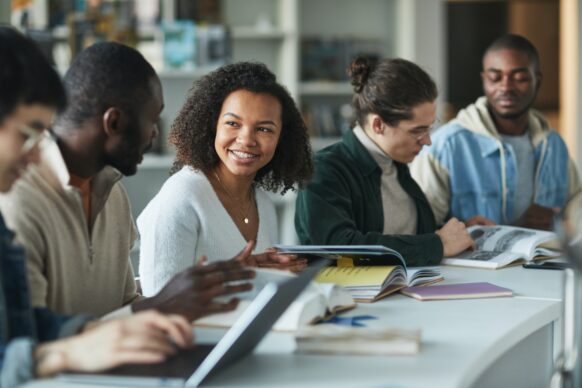
Regular group study can be a powerful tool to connect with peers, improve school performance, and make coursework more fun. While SLC is a virtual academy, we also understand the value of face-to-face learning. That’s why we hold in-person Study Halls at our Eagle Creek campus on Tuesdays and Thursdays.
These sessions are a great way to get acquainted with your classmates, share unique perspectives on lessons, and make meaningful friendships to last a lifetime.
3. Class Discussions
While online lectures deliver information, discussions allow students to process this information as a group. Engaging virtual learning activities and classroom discussions provide an excellent avenue through which students can apply what they’ve learned.
When it comes to virtual students and group collaboration, discussions with classmates can be remarkably helpful. Whether this discourse takes place via a live class meeting or in online discussion boards, students are encouraged to engage with diverse perspectives in an interactive and productive way.
4. “Webcams-On” Lectures

While collaborative learning may include group work between students, it can also be achieved through traditional lectures. Depending on the class, students are often required to attend live webcam lessons. These function much like in-person class sessions with straightforward presentations from teachers that may include visual aids and other helpful tools.
While having your webcam turned on may or may not be required, actually seeing the faces of your fellow students can help achieve a shared learning experience and class identity.
5. Blended Learning Options
As pioneers in the world of virtual learning, we have a unique understanding of just how effective online school can be in preparing students for the modern world. But we’re also keenly aware that students have their own needs and strengths when it comes to virtual learning. While some students thrive with a completely self-paced approach, others benefit from a more structured schedule that includes real-time, interactive lessons with classmates. At SLC, you don’t have to commit to one or the other! We offer blended learning options – a hybrid between synchronous and asynchronous learning.
With a diverse course catalog and on-campus enrichment opportunities, SLC students looking for a dynamic blending learning experience can work with their Learning Coach, counselor, and other support specialists to find a balance that works for them.
6. Learning Coach and Instructor Supervision

Traditional educational environments generally involve a lot of student interaction and collaboration. But these interactions aren’t always positive. Of course, no educational environment is perfect, and online schools are no exception. But at-home support and teacher supervision are built into the DNA of virtual academies like SLC.
The virtual or blended learning environment allows our experienced online teachers, counselors, advisors, and administrators to keep a closer eye on how students are interacting and working together on a daily basis. Families and Learning Coaches also have more direct involvement and supervision over their student’s experiences.
Learn the Collaborative Skills You’ll Need for Academic and Future Success at SLC!
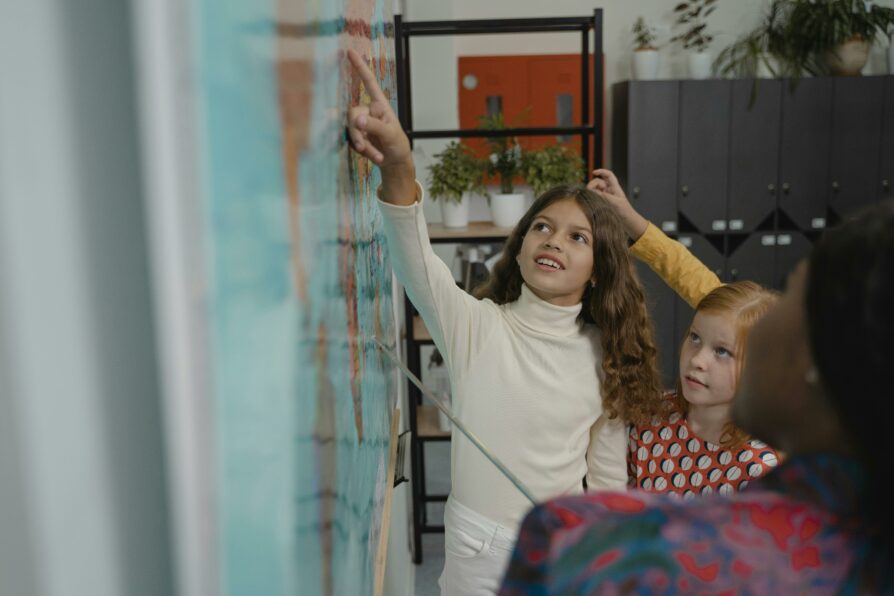
Students who learn to work through differences and cooperate with one another to achieve shared goals do better in school and far beyond. Fostering positive student collaboration is a cornerstone of our virtual academy at Summit Learning Charter. We provide the essential support and supervision necessary to ensure online learners can participate in these experiences and truly learn from them.
We’re here to answer your questions, discuss your goals and concerns, and help ensure you get the most out of your online learning experience. Learn more about SLC’s virtual academy and contact us to get started.
